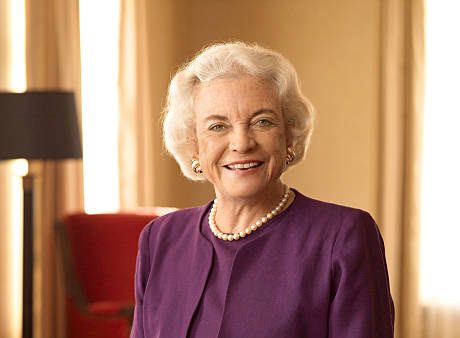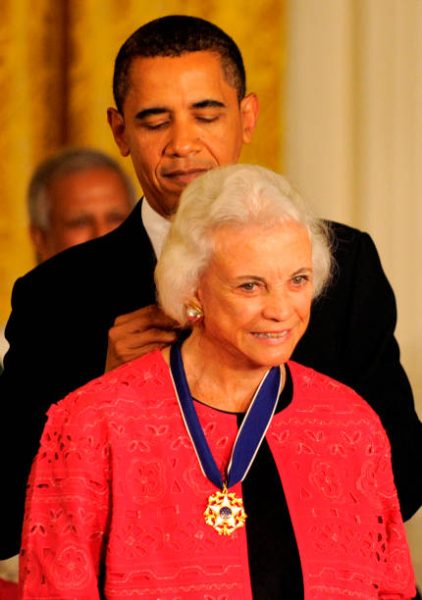
On December 1st, Sandra Day O’Connor, the first woman on the Supreme Court, died at 93.
“As the first woman on the Supreme Court, she paved the way for future female justices,” Social Studies teacher, Theresa Bramhall said.
O’Connor was known for advancing women’s rights and her ability to intervene and find a consensus between conservative and liberal views.
The Supreme Court had been nicknamed “the O’Connor Court” due to how frequently O’Connor was the swing vote that would determine a case’s fate. One of the most famous cases was the Planned Parenthood v Casey case, which forbade abortion bans on a state level. O’Connor voted in favor of keeping women’s abortion rights.
However, O’Connor’s influence didn’t always come easy. Upon her graduation from Stanford University, she was unable to find employment in a law firm because she was a woman – despite her academic achievements.
Through her hard work, she was able to eventually attain an assistant attorney general position for Arizona. She climbed positions, being elected as a senator and later rising to the position of majority leader – being the first woman in the United States to occupy this position.
She later was elected a Superior Court judge in Maricopa County, and in July of 1981, President Ronald Reagan nominated her to fill the Supreme Court justice position. During her time in each position she made sure to leave a lasting impact on the world around her.
She addressed women’s rights, sexual harassment, affirmative action, religious freedom, and more.
For example, O’Connor helped repeal a regulation that prohibits women from working more than eight hours a day, which was used to prevent women from applying and obtaining jobs. She also sponsored laws giving women the ability to have equal responsibility in managing jointly held property with their spouses.

O’Connor refined faith-related funding rules to avoid unlawful favoritism, changed how the court assessed religious displays on public property, and helped prompt Congress to pass the Religious Freedom Restoration Act – one of the most important religious freedom laws in recent history. The Act enabled people of any faith to challenge policies that interfered with their religious practices and, in many cases, to win.
“Because of her sharp mind, she became a pivotal justice who has left her mark on American constitutional law. Because of her indomitable spirit, she made the job uniquely hers,” Associate Justice Amy Coney Barrett said. “Sandra Day O’Connor was the perfect trailblazer.”
O’Connor officially declared retirement on July 5th, 2005. Yet, that didn’t stop her from continuing to make a lasting impact on society today.
“In her retirement from the Supreme Court, she founded iCivics which promotes civic education/learning,” Bramhall said. “This has impacted my life as a teacher allowing me to provide my students with civics education.”
She didn’t stop there. President Obama awarded O’Connor the Presidential Medal of Freedom in 2009, rewarding her for her Supreme Court achievements and importance of advocating for women’s rights. She was also the author of several books, including Out of Order: Stories from the History of the Supreme Court, a collection of anecdotes recording the changes of the Supreme Court.
Sandra Day O’Connor’s influence was unparalleled. She initiated a more accepting nation composed of relatable perspectives. She embodied the ideals of anti-discrimination and accepting differences as strengths rather than hiding them as flaws.
“How fortunate I feel to be an American and to have been presented with the remarkable opportunities available to the citizens of our county,” O’Connor said. “As a young cowgirl from the Arizona desert, I never could have imagined that one day I would become the first woman justice on the U.S. Supreme Court.”






![A Vest Won’t Protect You [OPINION]](https://ghschronicle.com/wp-content/uploads/2025/09/KoltonZuckerVestPosterOffWhite.png)







